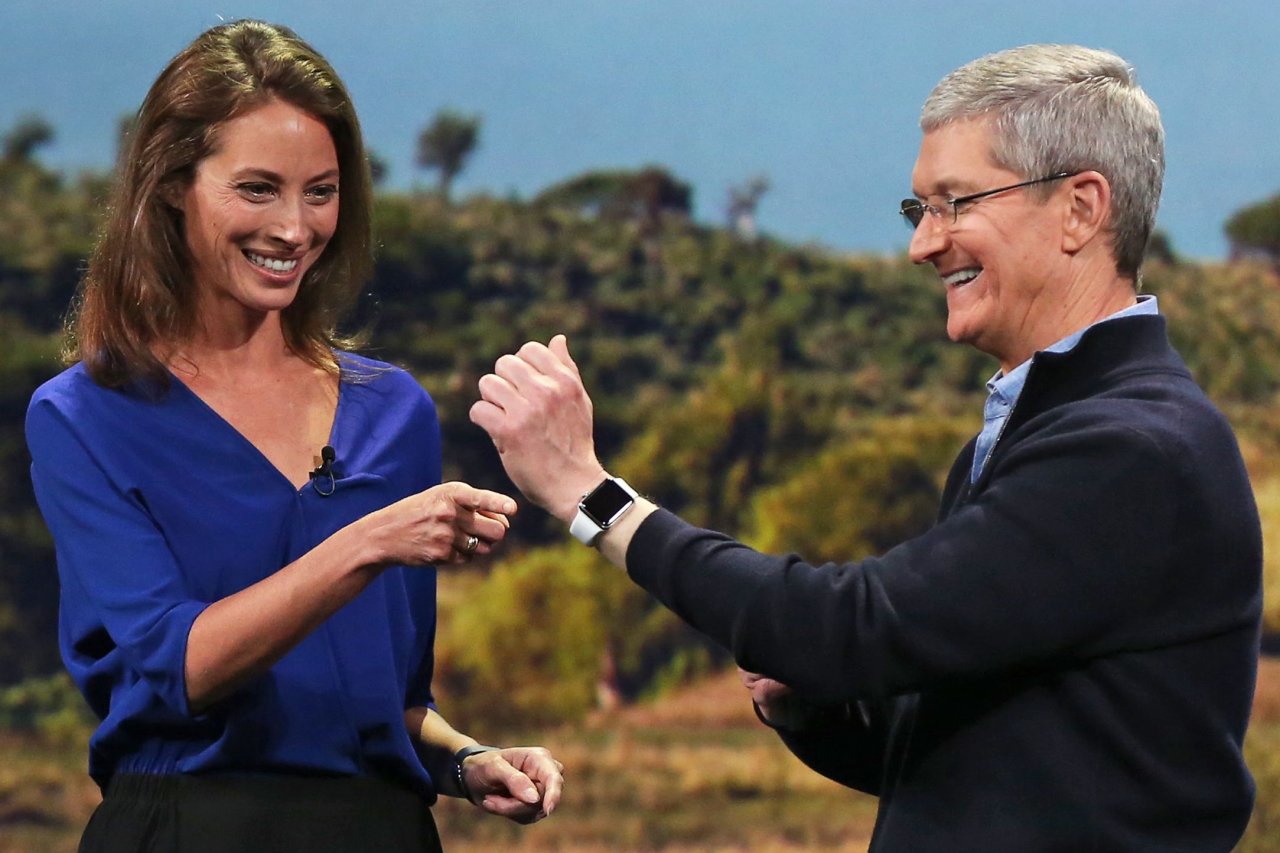About 15 years ago, I met a fascinating old man in Huntsville, Alabama. He had white hair and a big white mustache, wore glasses the diameter of hockey pucks and spoke in a heavy accent from his native Bulgaria. In the 1960s, he helped engineer the Saturn V rockets that took American astronauts to the moon, and not long after, he invented the Apple Watch.
Well, sort of. This man, Peter Petroff, who died in 2003, guided the development of the first digital watch. Branded as Pulsar, it came out in 1972 and cost $2,100—more than $12,000 in today's dollars, in case you think the price tag on Apple's Watch is extortionate. You can see a Pulsar displayed at the Smithsonian. In the history of smart watches, the Pulsar is the Neanderthal to Apple's Homo sapiens; the Ma Rainey to Apple's Beyoncé. They are entirely different things, but not, and the first led to the second, with a thousand evolutionary mutations in between.
The point is that no person or company invented any smart watch; the global technology zeitgeist did. Most inventions, by the time they arrive, seem inevitable, a natural offspring of all the technologies, ideas and societal practices swirling around at the time. Steven Johnson describes this beautifully in Where Good Ideas Come From—they come from millions of connections and ideas, building on one another in meetings and news accounts and academic papers, simmering in clever minds until they are recognized by the right person looking in the right place. If Thomas Edison had spurned inventing to become a street mime, it's not as if we'd be reading by gas lamps today. Someone else would've tapped the zeitgeist and lit us up.
That's not to put down invention, but when it comes to impact, invention is over-celebrated. The greater value of technology to society—the value Apple has unlocked time and again—is in its execution.
Apple didn't invent the personal computer, but it created the Macintosh, based on ideas Steve Jobs largely pinched from Xerox. Apple didn't invent the digital music player, smartphone or tablet, but its iPod, iPhone and iPad kicked the asses of all the previous "inventors" and "innovators" in those spaces. In each case, Apple assembled the right technology at the right time, designed a product and ecosystem better than anyone else's, lined up the best suppliers and distribution channels, and created demand with well-tuned marketing and an unmatched élan.
The ability to do all that hard execution stuff, and do it so well, is why Apple is worth more than any company now. It's why Apple's Watch will redefine and dominate its space. Jobs gets too much credit for his ideas and too little for the way he conducted his complex symphony.
Google is another fitting example of execution over invention. By 1996, many new technologies were busting into the tech zeitgeist: PCs, the Internet, the Mosaic browser and the hypertext links that made possible the World Wide Web. The first search engines, such as Alta Vista, were based on an older idea that was more like document searches at libraries, looking for keywords on a page, and it didn't work all that well. At Stanford University, Larry Page and Sergey Brin started experimenting with ways to use the hypertext links to rank search results and find better matches. Essentially, the pair remixed existing technology in a clever way and made something better than its predecessors.
As so often happens, at least two other people had pretty much the same idea at the same time, according to Steven Levy's Google biography, In the Plex. One was Jon Kleinberg, then doing a fellowship at IBM's research center in Almaden, California. The other was Yanhong Li, working at Dow Jones. If either of those big companies had developed and executed on the search invention, we might now be IBMing or Dowing for information. But Page and Brin followed through, created Google and defined and dominated the search space. Execution was more important than the idea.
This dynamic has played out throughout history, described back in 1922 in an oft-cited article by William F. Ogburn and Dorothy Thomas, Are Inventions Inevitable? They point out, for example, that in 1831, an American professor, Joseph Henry, built what was probably the first telegraph. About the same time, versions appeared in England and Germany. Thirteen years later in the U.S., Samuel Morse developed his telegraph and a system that made it useful. Morse executed. The other inventors pretty much disappeared from history.
Cars, planes, railroads, the telephone, television, computers, email, social networks, online book selling—almost anything you can name had multiple inventors around the same time. Ask any venture capitalist in Silicon Valley and she'll tell you that she suddenly starts seeing multiple, overlapping pimply entrepreneurs pitching the same idea. The best VCs bet on the companies that can actually carry it through. In most cases, a latecomer—Henry Ford, Mark Zuckerberg, Jeff Bezos—designs a better version, does the hard execution work and defines and dominates a space for years.
Philippe Kahn, who in 1997 invented and patented the cellphone camera, sparred with me over emails about invention, which he asserts drives the U.S. economy. "Do we want everything to boil down to: How cheap is it to manufacture with exploited overseas workforces?" Kahn wrote. "Aren't innovation and invention and their rightful protection more important than quarterly profits? What kind of economy do we want?"
Kahn assembled the first phone camera out of other then-new technologies—the cellphone, the digital camera, the cell network—because he wanted to share photos of his newborn daughter. His employer, Motorola, passed on the idea. Kahn formed a company, LightSurf, to build and market what he called PictureMail. But today we don't use PictureMail to fire off that naked selfie. We use an iPhone and Snapchat. LightSurf, in the long run, pushed the process along, which is valuable. But it didn't execute in Apple's society-altering way.
It's like the story of the Pulsar, which still exists as a brand of watch that is neither digital nor smart. PictureMail is gone, but it led to iPhone cameras and Snapchat photos, with a thousand mutations in between. Inventors see the connections first and give us a push—a head start on the future. Yet the world is truly changed by those who get inspired by a "Bo-Weevil Blues" and then deliver a "Single Ladies."




























